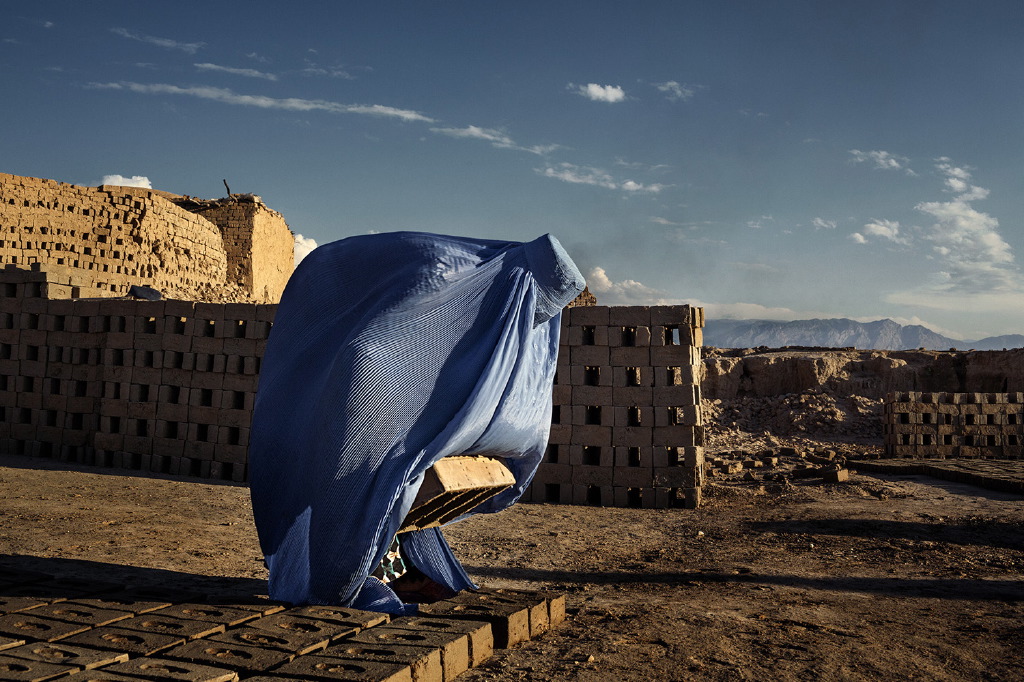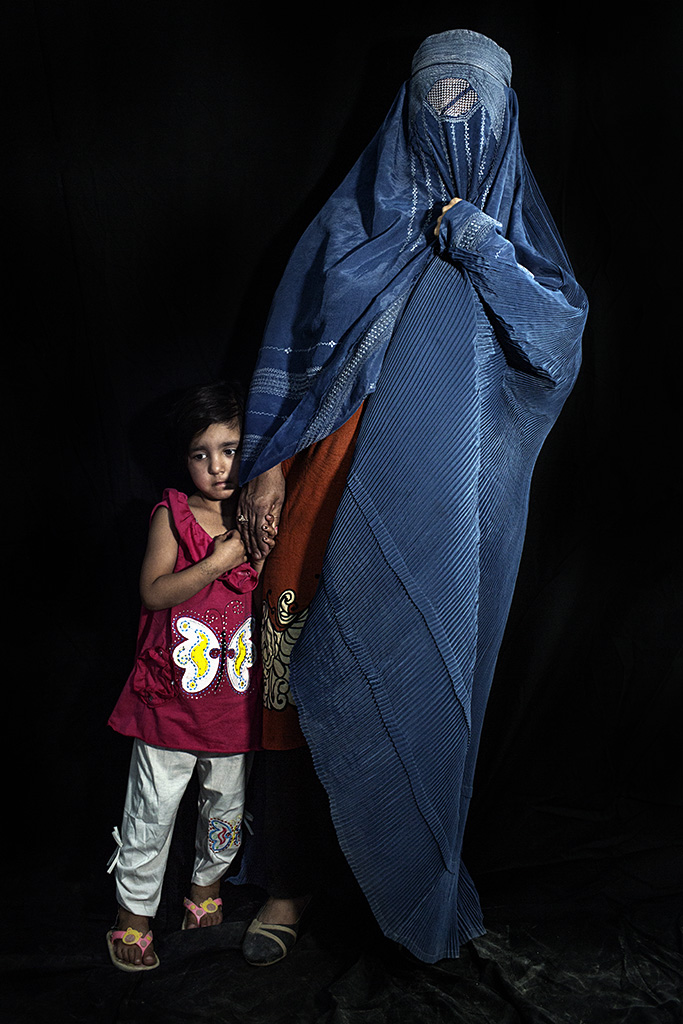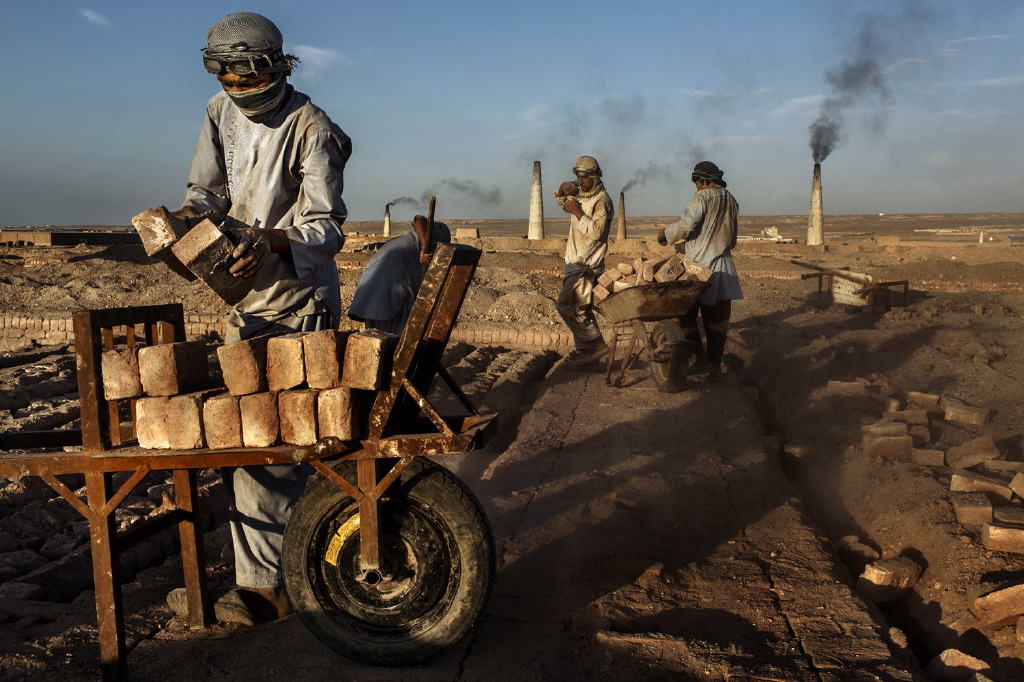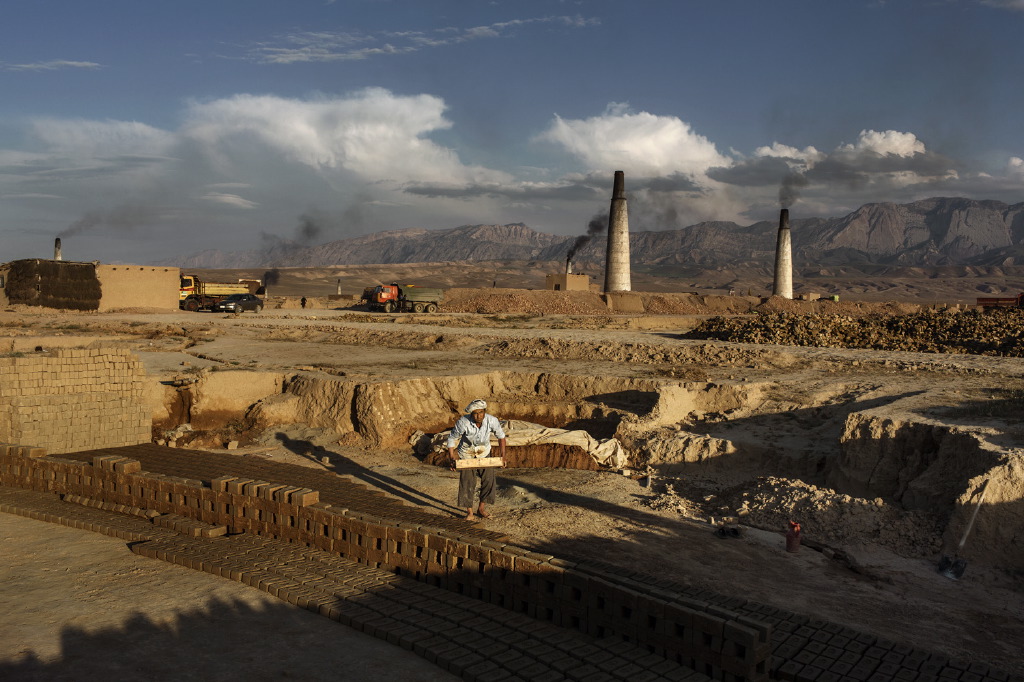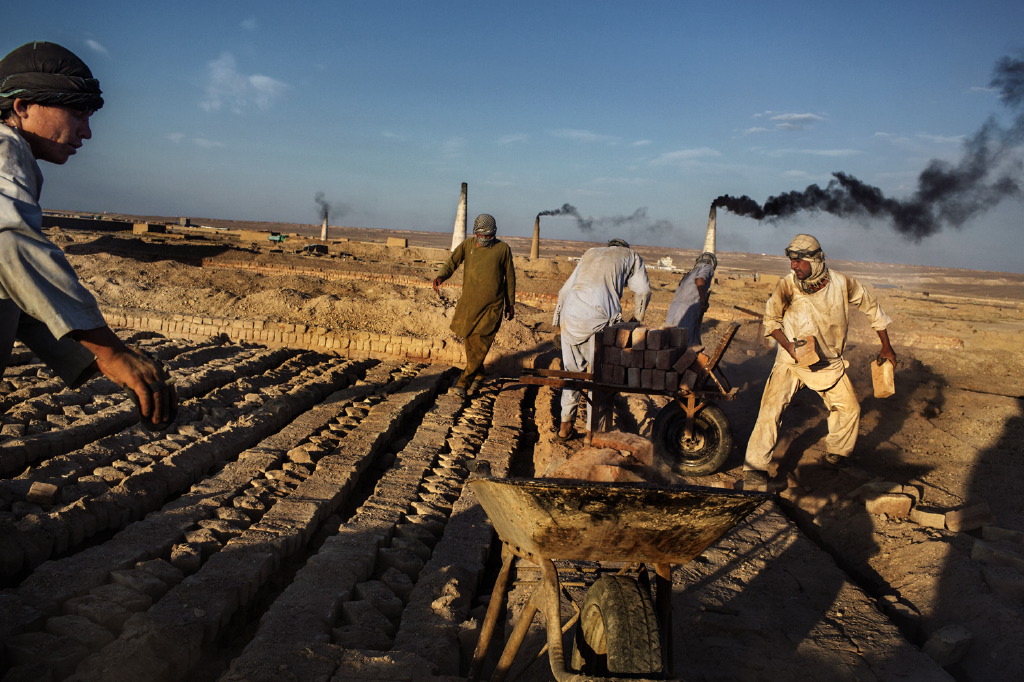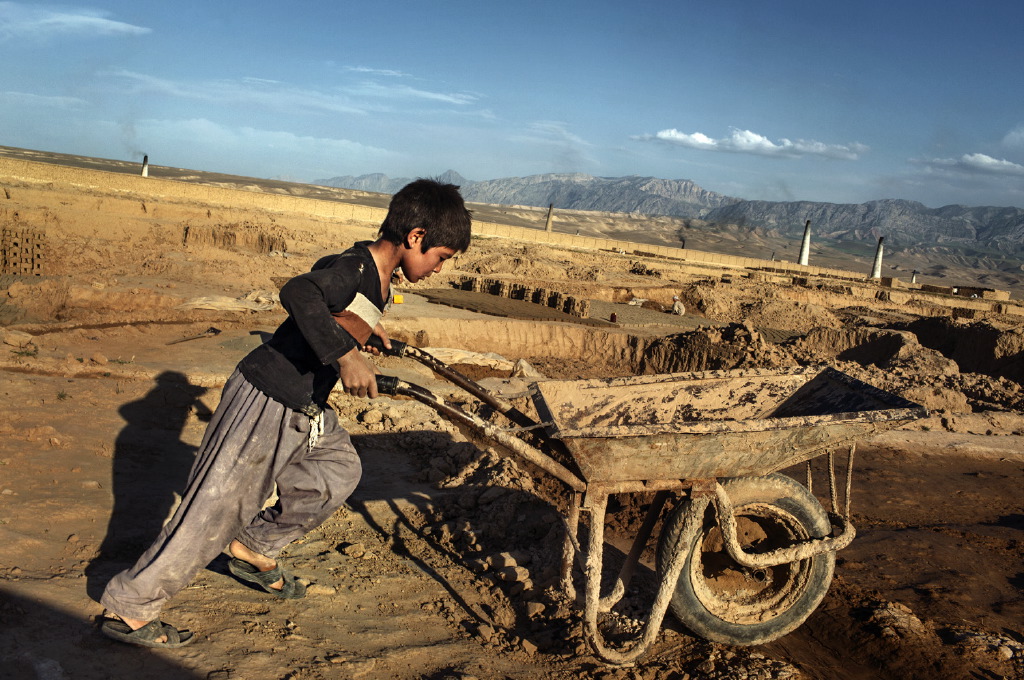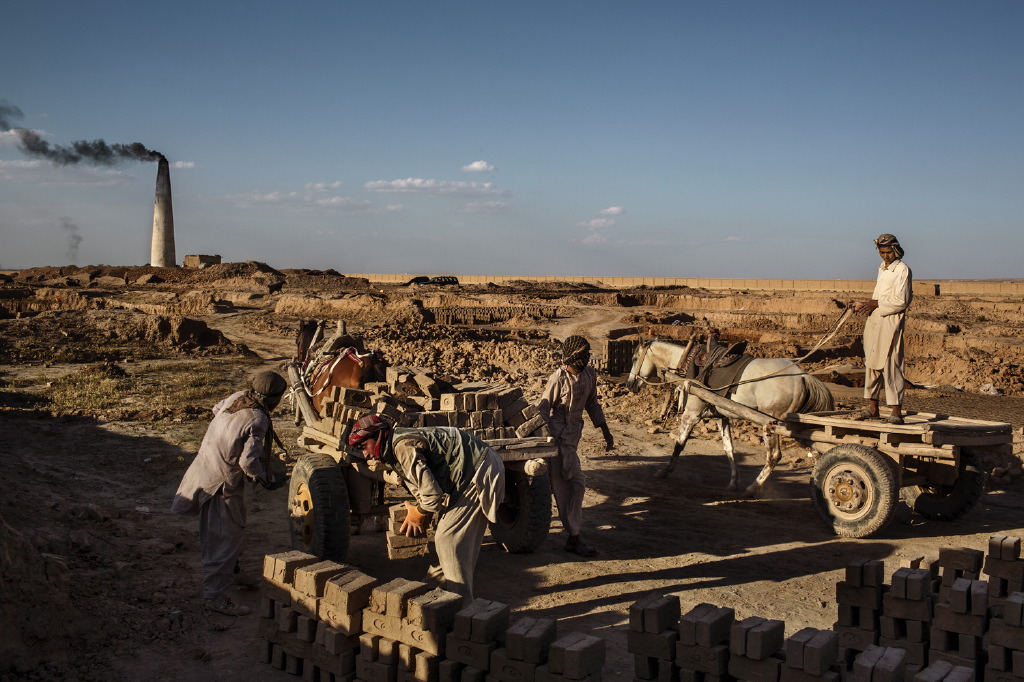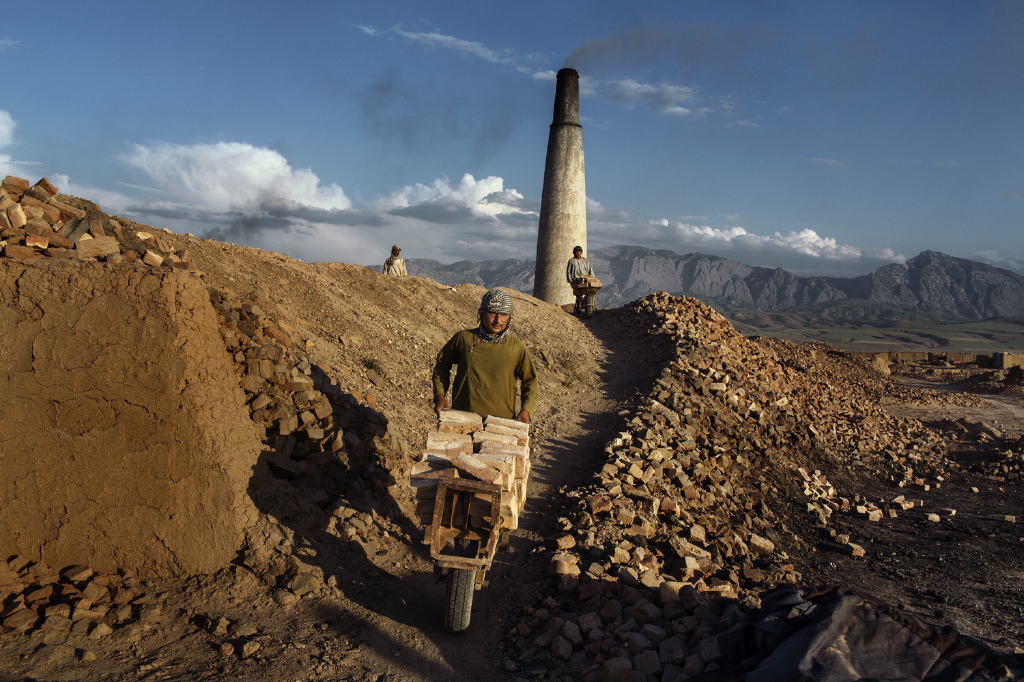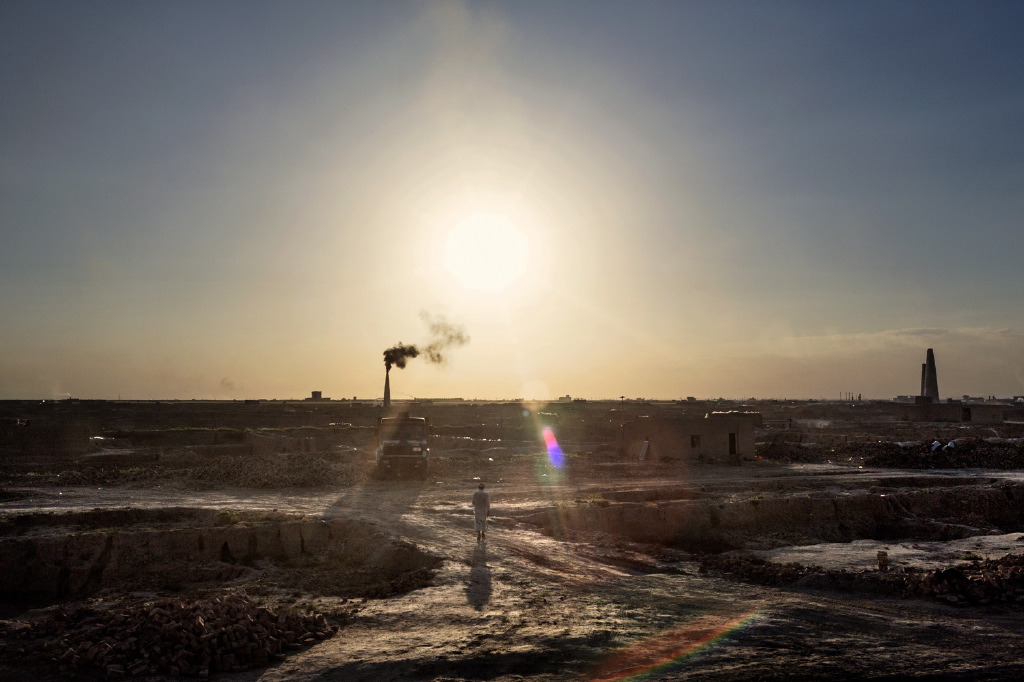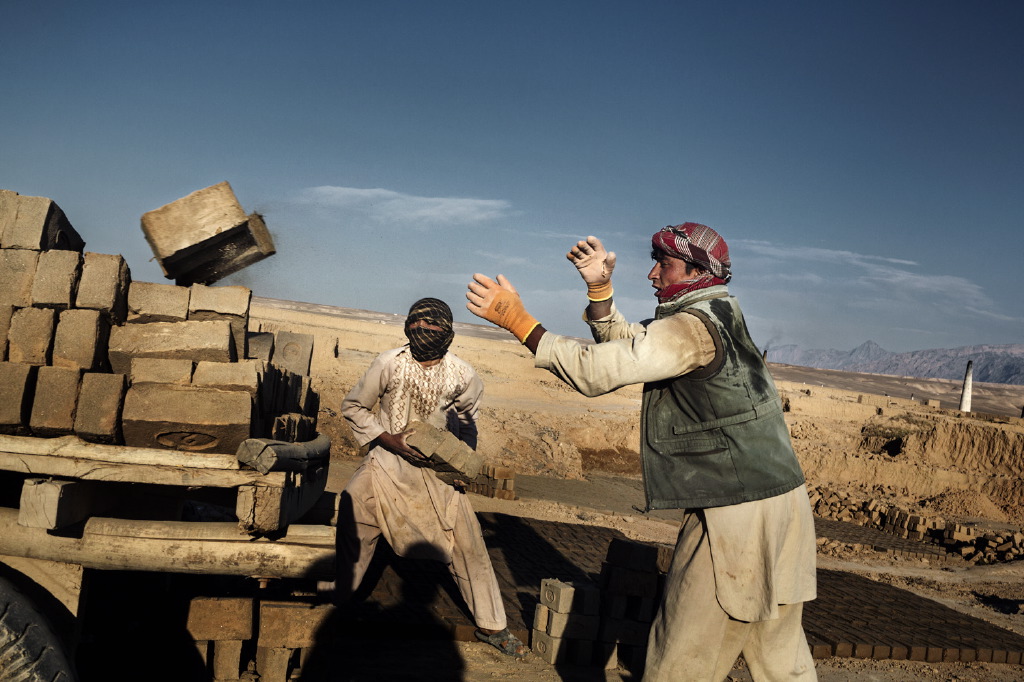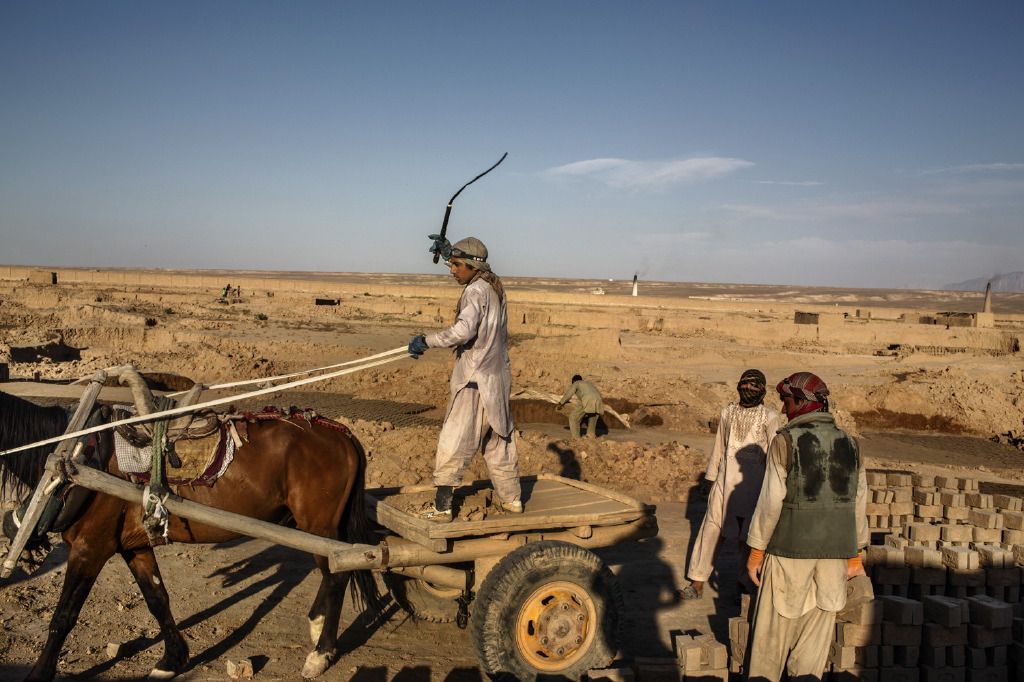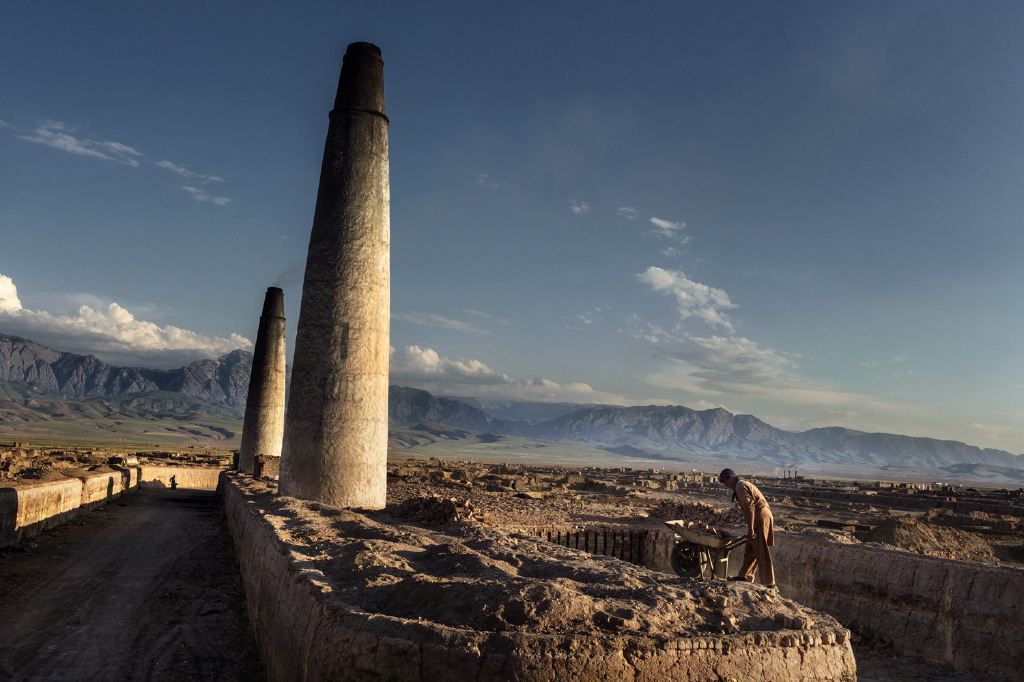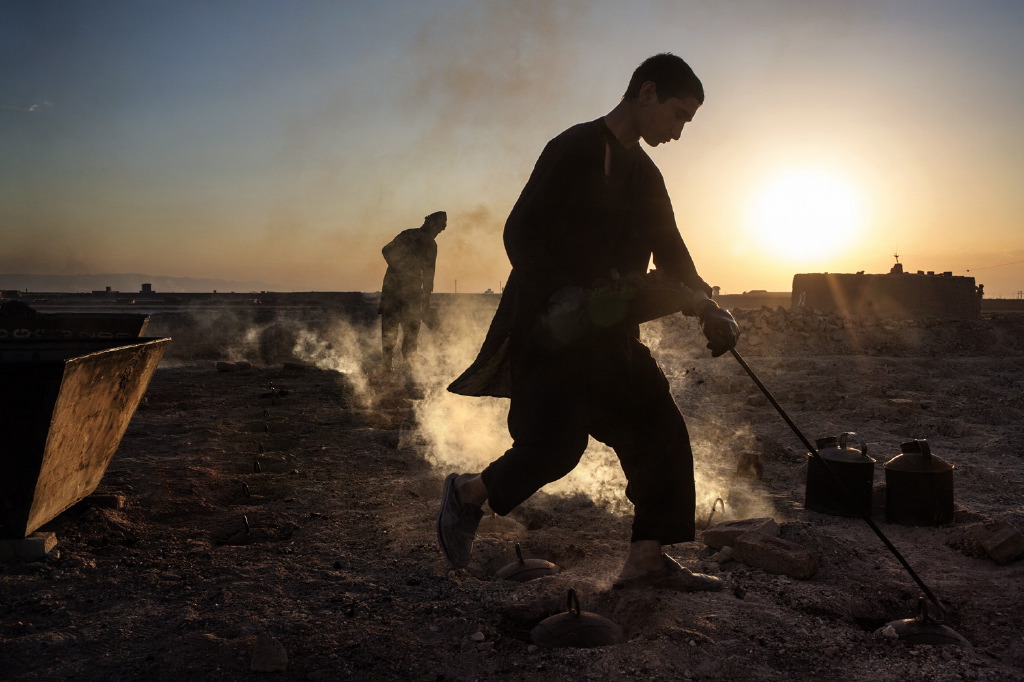X
Among the emergencies Afghanistan is experiencing, in its attempt to create not only a unitary, but solidary and rule-of-law state, there is the condition of its women and children. A generally unfavorable condition, additionally intertwined with a great deal of exploitation in its domestic workplace. A new report on forced labor in bricks factories in Afghanistan, released by the International Labor Organization (ILO), has highlighted the dramatic reality of minors, who make up the majority of such workforce: 56 percent of workers. In Afghanistan most of the families working in furnaces experienced debt bondage. Entire families, with limited skills and no access to financial credit, can find a job only in furnaces, where they are guaranteed an advance payment on salary, as well as housing and water as payment in kind. On average Afghan families are composed by 8.8 persons, and 83 percent of householders have received no education at all. In these places, children and adults work continuously for over 70 hours a week. Workers are exposed to the sun, heat and dust. The composition of the labor force in Afghan kilns is very different compared to other countries in the Region. In Nepal, India, Bangladesh and Pakistan, the workforce includes men, women and children of both sexes. In Afghanistan, even if families live in extreme poverty, women and girls work only in case of utmost need. The exclusion of women from the labor then translates into greater recourse to child labor as just one parent is economically active. “Brick by brick” is a photo-reportage by Luca Catalano Gonzaga, funded by the Nando and Elsa Peretti Foundation. (text by Luca Catalano Gonzaga).
